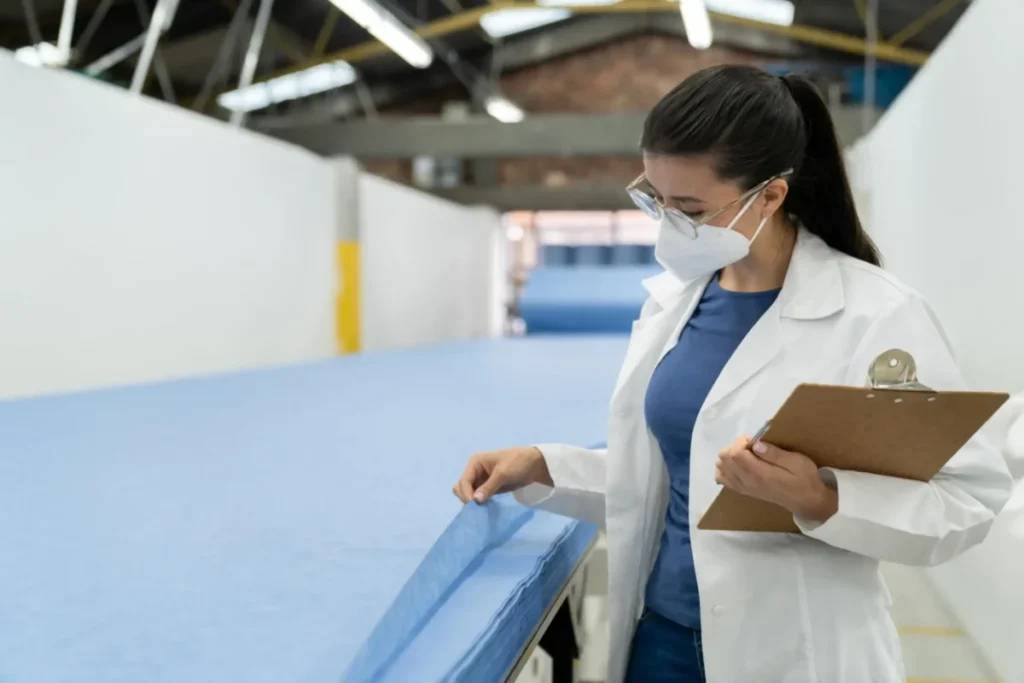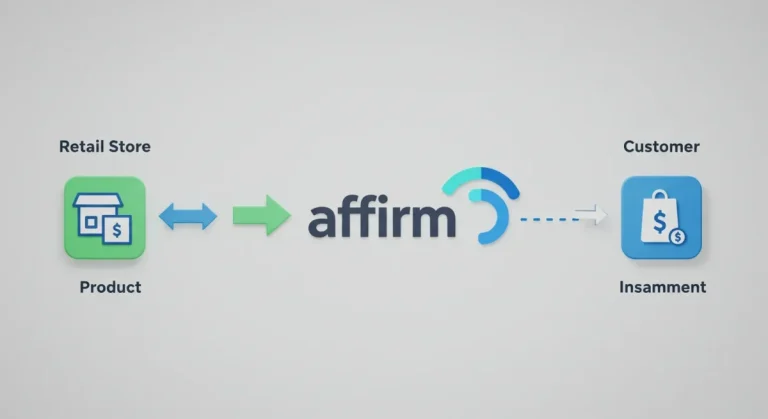Non-Woven Textiles in Everyday Life: Unnoticed Yet Ubiquitous
The world of textiles is a vast and diverse one, encompassing everything from luxurious silk fabrics to sturdy denim jeans. However, there is one type of textile that often goes unnoticed in our everyday lives – non-woven textiles.
Non-woven textiles are made by bonding together fibers using various methods such as heat, chemicals, or mechanical techniques. Unlike traditional woven fabrics, they do not require a loom or weaving process, making them quicker and more cost-effective to produce. This also means that non-woven textiles can be made with a wider range of materials, including natural and synthetic fibers.

Despite their inconspicuous nature, non-woven textiles play a crucial role in our daily routines. From the moment we wake up until we go to bed, we come into contact with various non-woven textiles without even realizing it.
Non-Woven Textiles in Healthcare
One of the most significant uses of non-woven textiles is in the healthcare industry. From surgical gowns and masks to wound dressings and sterilization wraps, non-woven fabrics have become an essential part of medical care. Their ability to be sterile and disposable makes them ideal for one-time use, preventing contamination and infections.
Non-woven textiles are also used in the production of hygiene products such as diapers, feminine care products, and incontinence pads. Their high absorbency, softness, and leak-proof characteristics make them especially good for these applications. Furthermore, non-woven textiles are hypoallergenic and do not cause skin irritations, making them safe for use on delicate skin.
Non-Woven Textiles in Automotive Industry
Another less visible yet vital application of non-woven textiles is in the form of needle punch fabrics. These are created by mechanically orienting and interlocking the fibers, which often involve the use of barbed needles. Due to their durability and versatility, needle punch fabrics are commonly used in automotive interiors, geotextiles for civil engineering, and as a base material for synthetic leather products. In the automotive industry, they are used as insulation, soundproofing, and to enhance the overall comfort and aesthetics of vehicles.
Non-Woven Textiles in Home Furnishing
In our homes, we often interact with non-woven textiles in various ways. From decorative curtain fabrics to cleaning wipes, these versatile textiles can be found in nearly every room of a house. Non-woven textiles are also used in wall coverings, flooring underlays, and upholstery fabrics. Due to their ability to be easily customized with different patterns, colors, and textures, non-woven textiles have become a popular choice for interior design.
Non-Woven Textiles in Filtration
Filtration is another critical application of non-woven textiles. They can be found in water and air filters, as well as in the production of face masks and respirators. Non-woven fabrics have a high filtration efficiency due to their small pore size and random fiber orientation, making them effective at capturing particles and pollutants.
Non-Woven Textiles in Agriculture
In recent years, non-woven textiles have also been making their way into the agriculture industry. They are used as ground covers to prevent weed growth, greenhouse insulation to regulate temperature and humidity, and as a base layer for soil stabilization. Non-woven fabrics can also be found in crop protection covers that protect plants from harsh weather conditions, pests, and insects.
Non-woven textiles may go unnoticed in our daily lives, but their impact is undeniable. From healthcare to the automotive industries and everything in between, these versatile fabrics are an essential part of the products we use and rely on every day.
So next time you come across non-woven textiles, take a moment to appreciate their role in making our lives easier and more comfortable.






